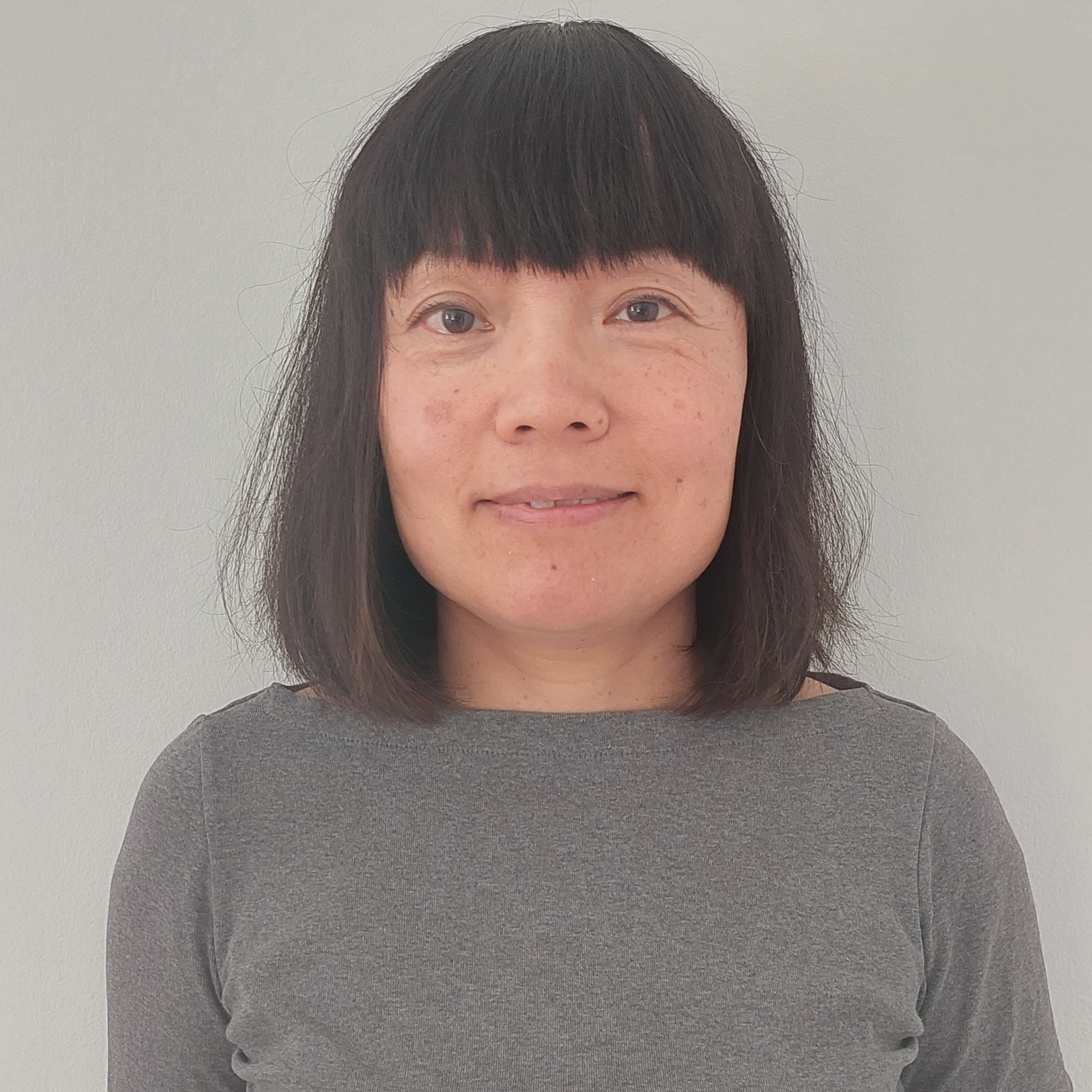Fjernvarme Fyn is one of the larger district heating plants in Denmark and is among the front-runners in Denmark regarding the green transition. The task of phasing out fossil fuels in the energy mix is one of the top priorities for Fjernvarme Fyn as it is for the rest of the CHP plants in Denmark. Currently, the company has committed to shutting down its consumption of coal as a fuel for the boilers by 2025 and is in a process of implementing other solutions as replacement for the missing capacity.
Fjernvarme Fyn has made a cooperation with a new data center built by Facebook and will receive surplus heat deriving from the huge amount of servers that are cooled down. Data centers are built in areas with a stable electricity connection and a high security of supply. Further, data centers need to invest in cooling equipment if there are no nearby heat demands or heating grids to consume the surplus heat. Since servers are continuously in demand of being cooled, the flow of surplus heat is considered a base load supply and can be incorporated into the energy mix at district heating companies like Fjernvarme Fyn. Technically, water is circulated through heat exchangers at the data center to gain heat from the servers, who are cooled by either air or water, and then the temperature is boosted in a heat pump to reach the required temperature for distribution in the district heating grid. Excess heat from data centers is referred to as “low quality” heat, usually with a temperature at a maximum of 50 deg. If the electricity used to run the servers and the electricity consumption of the heat pumps derives from renewable electricity production, the heat can be considered 100% renewable. If not utilized, the excess heat would otherwise be cooled away. Further, it improves the electrification of the local energy system.
In 2017, Fjernvarme Fyn made an agreement with Facebook to utilize the excess heat from the data center in Odense. The first phase of the heat pump project included 9 heat pumps with a capacity of 24 MW heat delivered by Johnson Control with the potential of supplying 7000 households with space heating and hot domestic water. This corresponds to around 6% of the heat distribution in the district heating grid in Odense. Further, FVF produces heat through waste and biomass incineration; electric boilers; large-scale heat pumps based on seawater (demonstration plant), waste heat from CHP’s, excess heat from industry and data centers; a small share of natural gas for peak loads and lastly, they utilize large storage facilities.
The second phase expanded the facility with an additional 20 MW capacity. The heat pumps raise the temperature of the heat from the servers from 27 degrees to 70 degrees (return temp. of DH of 40 degrees) and feed it right into the district heating grid. The data center and heat pumps are located outside of Odense but connected to both the electricity and the district heating grid. When fully operating, phases 1 and 2 of the project will annually produce 160 GWh and 100 GWh heat respectively and replace ~23% of the coal production from current facilities (numbers from 2016).
FVF expanded their heat production to include the heat pumps in Tietgenbyen as part of its plans to phase out its large coal-fired CHP plant before 2025. The transition will lead to a large expansion of heat pumps, electric boilers and other technologies. Heat pumps will be a large contributor to the future energy system in Odense and will be based on excess heat from various processes, seawater, wastewater, waste heat from CHP’s etc
Share this
Sector: District energy
Country / Region: Denmark
Tags: district heating plants, electricity generation, fossil energy, heat demand, heat storage tanks, projects, solid biofuels, tops, waste heat, water resourcesIn 1 user collection: Sino-Danish Clean and Renewable Heating Cooperation Centre – Library
Knowledge Object: User generated Initiative




